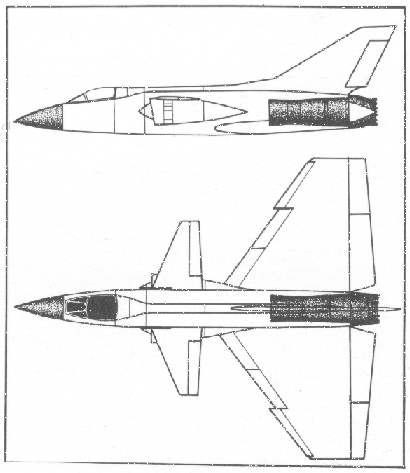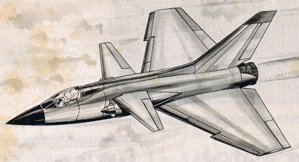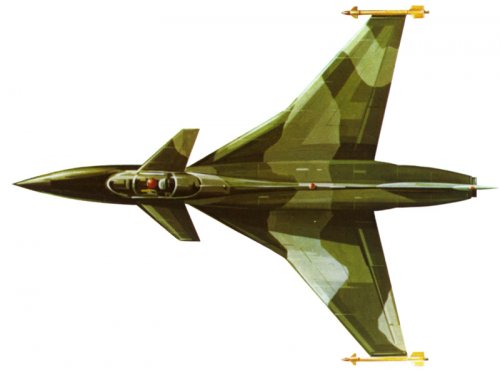MRCA Consortium Planning Family of Miltary Aircraft
Farnborough-Three major European companies will design a strike fighter/trainer as the first step in a sweeping plan to develop a family of military aircraft concepts for both domestic and export markets.
The initial design is called Pannap, for Panavia new aircraft project, and is a follow-on to Panavia’s multi-role combat aircraft (MRCA). Shareholders in Panavia are British Aircraft Corp., Fiat and Messerschmitt-Boelkow-Blohm.
Other companies, including those from the U.S., could be invited to participate in the design studies, which might be extended across the full spectrum of fighter sizes and weights.
The first aircraft in the study will be designed around the Rolls-Royce RB.199 engine—the powerplant in the MRCA. The final design will be an amalgamation of BAC’s Project 107 and Messerschmitt-Boelkow-Blohm’s Project ALF-3, with inputs from Fiat and perhaps from Italy’s Aeronautica
Macchi. BAC and Macchi already have a joint trainer agreement (AW&ST Sept. 7, p. 53). The Pannap design will be configured basically as a single-seat,
single-engine fighter with the additional capability of an advanced trainer.
A. H. C. Greenwood, Panavia chairman and deputy managing director of BAC, said here that Panavia’s shareholders will finance this initial design work with company funds. He pointed out that, after an analysis, a gap was found to exist for a light fighter aircraft. He said the design could incorporate variable geometry or a fixed thin wing. The new European project essentially will be a pre-definition analysis involving computer, wind tunnel and some stress work. The study will cost about $2 million and will be completed in about 18 months. The result will be an off-the-shelf design with either higher or lower performance than the basic fighter.
Panavia has decided that a light fighter aircraft of 10,000-15,000 Ib. is the most striking gap in the existing and near future western air force inventories. In addition, the international company has nearly frozen the design of the MRCA and does not want to disband the team that worked on this aircraft.
Greenwood said that the expansion of Panavia follows the original plan that it is not a one-project company. The major question mark in Pannap, as well as in the MRCA, is the financial backing the Italian government will provide to Fiat and Aeritalia—the newly consolidated Italian aerospace company. Britain and West Germany have made formal the decision to move into the MRCA prototype phase with the construction of ten aircraft. Italy has asked for more time to consider its participation, and Greenwood said “there will be no real difficulty” on the Italian position until the end of this year. He also said the Italian government decision on MRCA will not affect Pannap.
Pannap represents the first time in the post-World War 2 period that a German company is investing more than token funds of its own in a project. The West German government recently told its aerospace industry that it will have to depend less on government support than it has in the past (AW&ST Aug. 31, p. 19).



